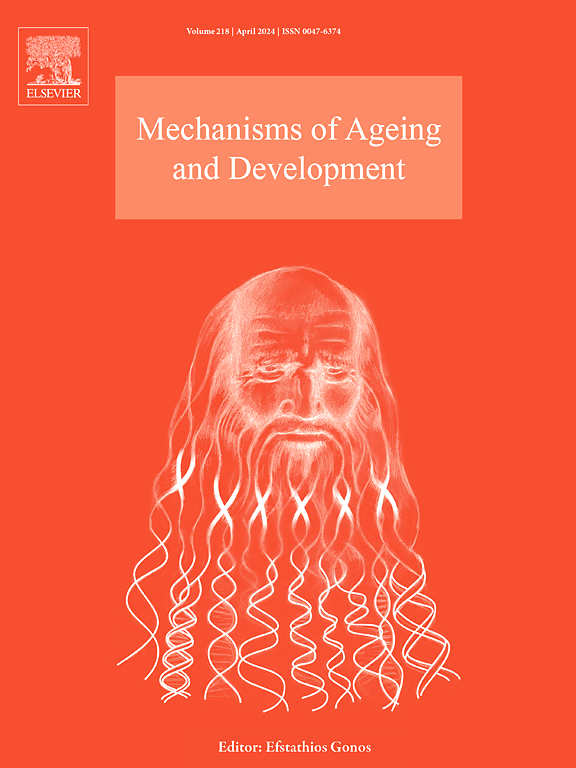山奈酚是一种广泛摄入的膳食类黄酮和补充剂,通过刺激效应提高生物性能,特别是与衰老相关的过程
IF 5.1
3区 医学
Q2 CELL BIOLOGY
引用次数: 0
摘要
山奈酚是多种水果和蔬菜中的一种多酚。它也被商业化开发并作为补充剂出售给消费者。它已经在临床试验中进行了广泛的评估,以临床应用为基础,基于其众多的实验化学预防特性。山奈酚已在分子、细胞和动物个体水平上进行了评价,显示出广泛的生物效应。山奈酚诱导的致热浓度反应是常见的,在许多细胞类型和许多终点的生物模型中都有报道。虽然山奈酚的致敏作用具有生物多样性,但人们一直强烈关注与年龄相关的终点,影响许多器官系统和终点,这表明山奈酚是一种衰老剂,具有与槲皮素和非瑟酮相似的特性。本文首次对山奈酚诱导的致热剂量反应、定量特征、机制解释、外推优势或局限性以及相关的实验设计、生物医学、治疗、衰老和公共卫生,包括衰老相关应用进行了综合评价。本文章由计算机程序翻译,如有差异,请以英文原文为准。
Kaempferol, a widely ingested dietary flavonoid and supplement, enhances biological performance via hormesis, especially for ageing-related processes
Kaempferol is a polyphenol in various fruits and vegetables. It is also commercially developed and sold to consumers as a supplement. It has been extensively assessed in clinical trials for clinical utility based upon its numerous experimentally based chemopreventive properties. Kaempferol has been evaluated at the levels of molecule, cell, and individual animal, showing a broad spectrum of biological effects. Kaempferol-induced hormetic concentration responses are common, being reported in many cell types and biological models for numerous endpoints. While the hormetic effects of kaempferol are biologically diverse, there has been a strong focus on age-related endpoints affecting numerous organ systems and endpoints, indicating that kaempferol is a senolytic agent, showing similar properties as quercetin and fisetin. This paper offers the first integrated evaluation of kaempferol-induced hormetic dose responses, their quantitative characteristics, mechanistic explanations, extrapolative strengths or limitations, and related experimental design, biomedical, therapeutic, ageing, and public health, including ageing related applications.
求助全文
通过发布文献求助,成功后即可免费获取论文全文。
去求助
来源期刊
CiteScore
11.10
自引率
1.90%
发文量
79
审稿时长
32 days
期刊介绍:
Mechanisms of Ageing and Development is a multidisciplinary journal aimed at revealing the molecular, biochemical and biological mechanisms that underlie the processes of aging and development in various species as well as of age-associated diseases. Emphasis is placed on investigations that delineate the contribution of macromolecular damage and cytotoxicity, genetic programs, epigenetics and genetic instability, mitochondrial function, alterations of metabolism and innovative anti-aging approaches. For all of the mentioned studies it is necessary to address the underlying mechanisms.
Mechanisms of Ageing and Development publishes original research, review and mini-review articles. The journal also publishes Special Issues that focus on emerging research areas. Special issues may include all types of articles following peered review. Proposals should be sent directly to the Editor-in-Chief.

 求助内容:
求助内容: 应助结果提醒方式:
应助结果提醒方式:


